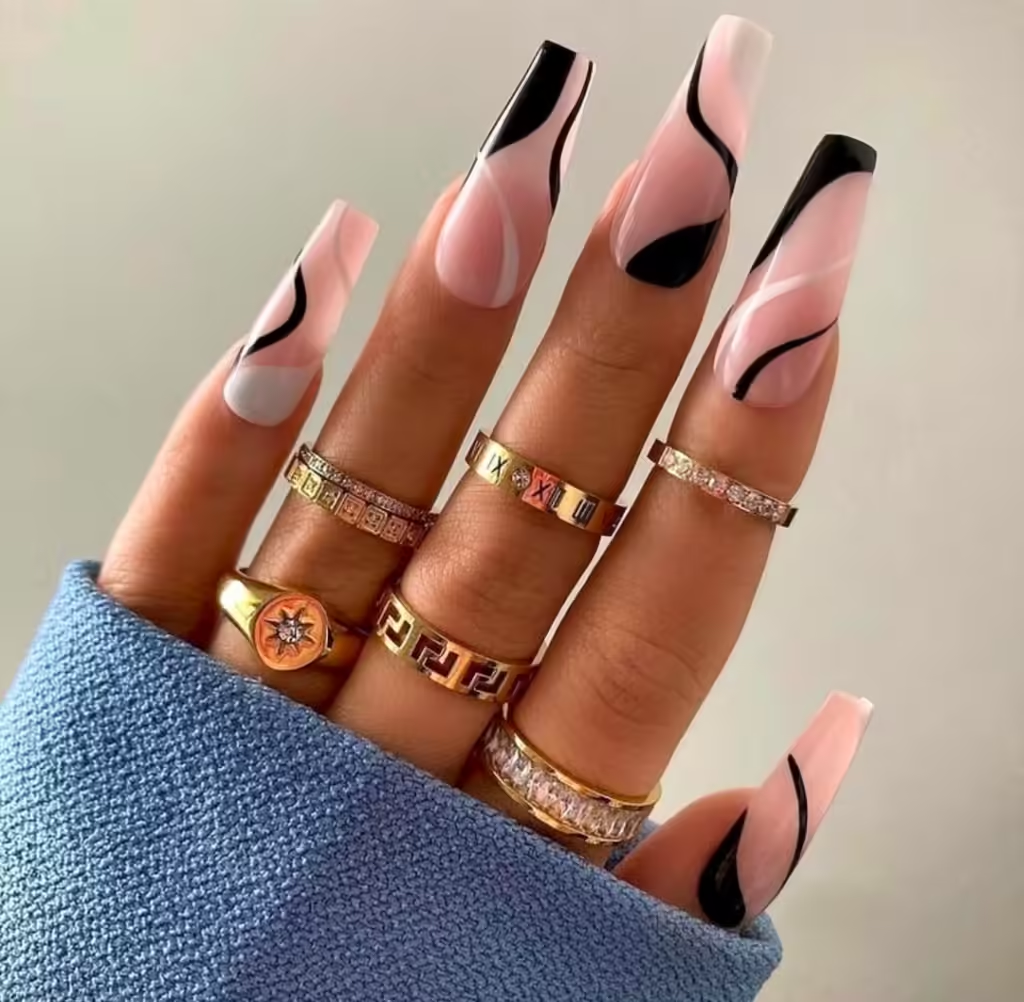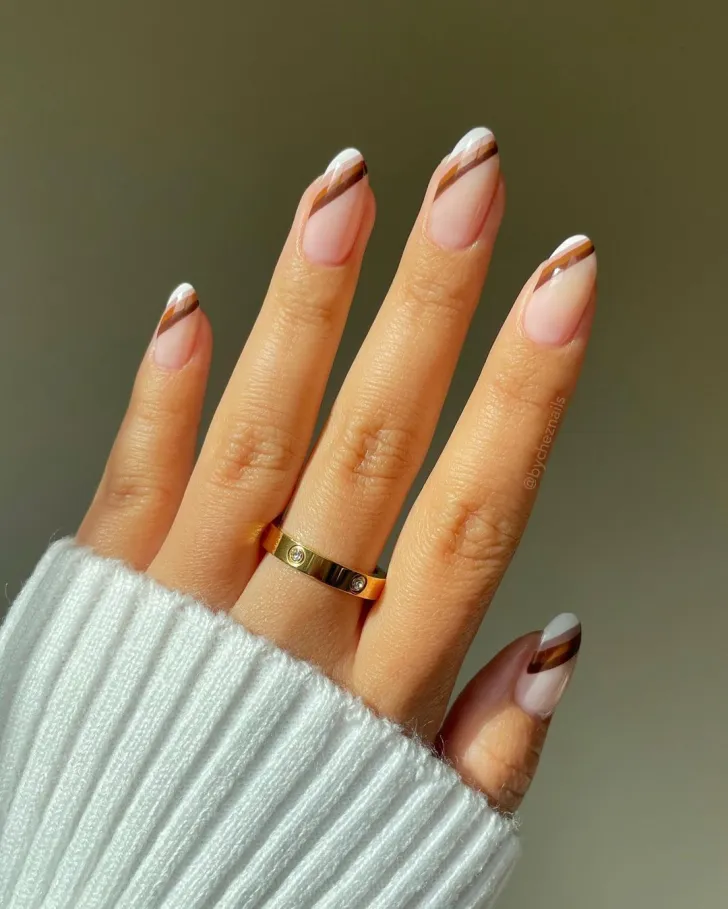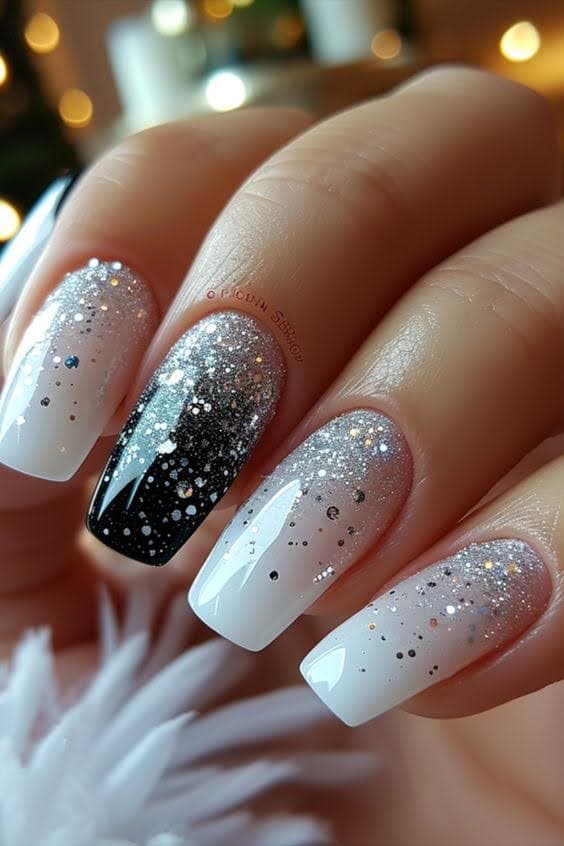The Dilemma Between Natural Nails and Extensions – Which is the Best Choice?
In the world of nail beauty, the choice between maintaining natural nails or opting for extensions is a common question for those looking to keep their hands well-groomed and visually impactful. With so many techniques, styles, and products available, the choice can seem even more complex. Each alternative offers its own advantages and challenges, and the best decision depends on personal factors such as lifestyle, time for maintenance, and aesthetic goals.
In this article, we’ll dive deep into the differences between natural and extended nails, covering all aspects you need to consider before making a choice. Whether you love classic nails with a more natural look or prefer long, resilient nails, you’ll discover which option best matches your profile and needs here.

1. Understanding Natural Nails: Benefits and Necessary Care
Natural nails are those that maintain their original growth and shape without adding extensions or artificial products. For many, natural nails represent a minimalist and healthy aesthetic.
- Simplicity and Aesthetics: Many people prefer the natural look, seeing it as a reflection of authenticity and simplicity. With a solid care routine, it’s possible to keep natural nails strong and attractive.
- Easier Maintenance: One of the benefits of natural nails is that they require less maintenance and are generally simpler to care for. Keeping nails moisturized and well-filed significantly contributes to a healthy look.
- Cost-Effective: Taking care of natural nails is usually more economical. With just a few basic products, like strengthening base coats, moisturizing creams, and files, it’s easy to keep natural nails in great shape.
- Drawbacks of Natural Nails: Although natural, nails can be fragile and prone to breaking, especially if you lead an active lifestyle or work in activities that require constant use of your hands.

2. Nail Extensions: What Are They, and How Do They Work?
Extensions are a quick way to have longer, more stylized nails. There are various types of extensions, each with distinct materials and varying durability.
Main Types of Extensions
- Gel Nails: This is one of the most popular techniques for offering a natural look and being highly durable. Gel is applied over the natural nail and hardened under UV light. The main advantage is its strength, and you can choose different lengths and shapes.
- Acrylic Nails: Made from a blend of acrylic powder and a special liquid, acrylic nails are extremely durable and ideal for those who want longer nails. Acrylic creates a hard layer, ideal for those with fragile nails.
- Fiberglass Nails: A newer method, fiberglass nails create a light and natural effect. The application requires skill as the material is delicate, but the result is a durable nail that closely resembles a natural one.

3. Essential Care for Extended Nails
To keep extended nails healthy, a good maintenance routine is essential. Unlike natural nails, nails with extensions need specific care to look impeccable for a longer time.
- Regular Maintenance: Each type of extension has a specific maintenance frequency. Gel nails, for instance, should be touched up every 2-3 weeks to prevent breaking.
- Quality Products: Using high-quality products prevents adverse reactions and helps maintain the appearance of the nails.
- Avoiding Impact: Though durable, extended nails are not unbreakable. Avoid using nails as “tools” for opening packages or performing other activities that could wear them down.
4. Comparing Time and Costs
Opting to keep natural nails or invest in extensions also depends on your availability of time and financial investment.
- Application and Maintenance Time: Natural nails require basic care routines like moisturizing and occasional polishing. Extended nails, particularly gel or acrylic, require a longer application period and frequent salon visits for upkeep.
- Financial Investment: While natural nails are less expensive to maintain, extensions can vary in cost. Depending on the chosen technique, the expenses can add up, especially over a year.

5. Which Choice Fits Your Lifestyle?
Choosing between natural nails and extensions goes beyond aesthetics; it involves considering your lifestyle and daily routine. Below, we explore a few situations and lifestyles to help with the decision:
- Active Lifestyle: For those who play sports or frequently use their hands for work, natural nails might be more practical. Extended nails, depending on their length, can be less functional and require more care.
- Busy Schedule: If your time is limited, choosing natural nails may be the best option. However, if you enjoy the extended nail look and are willing to invest time in maintenance, extensions may better meet your expectations.

Finding the Ideal Choice for You
Choosing between natural nails and extensions is a personal decision that should consider lifestyle, aesthetic preferences, and care routines. Both options have advantages and challenges, and the important thing is to know which suits your needs best. By caring for your nails well, whether keeping them natural or with extensions, you can enjoy beautiful and well-groomed hands that enhance your personality and style.







